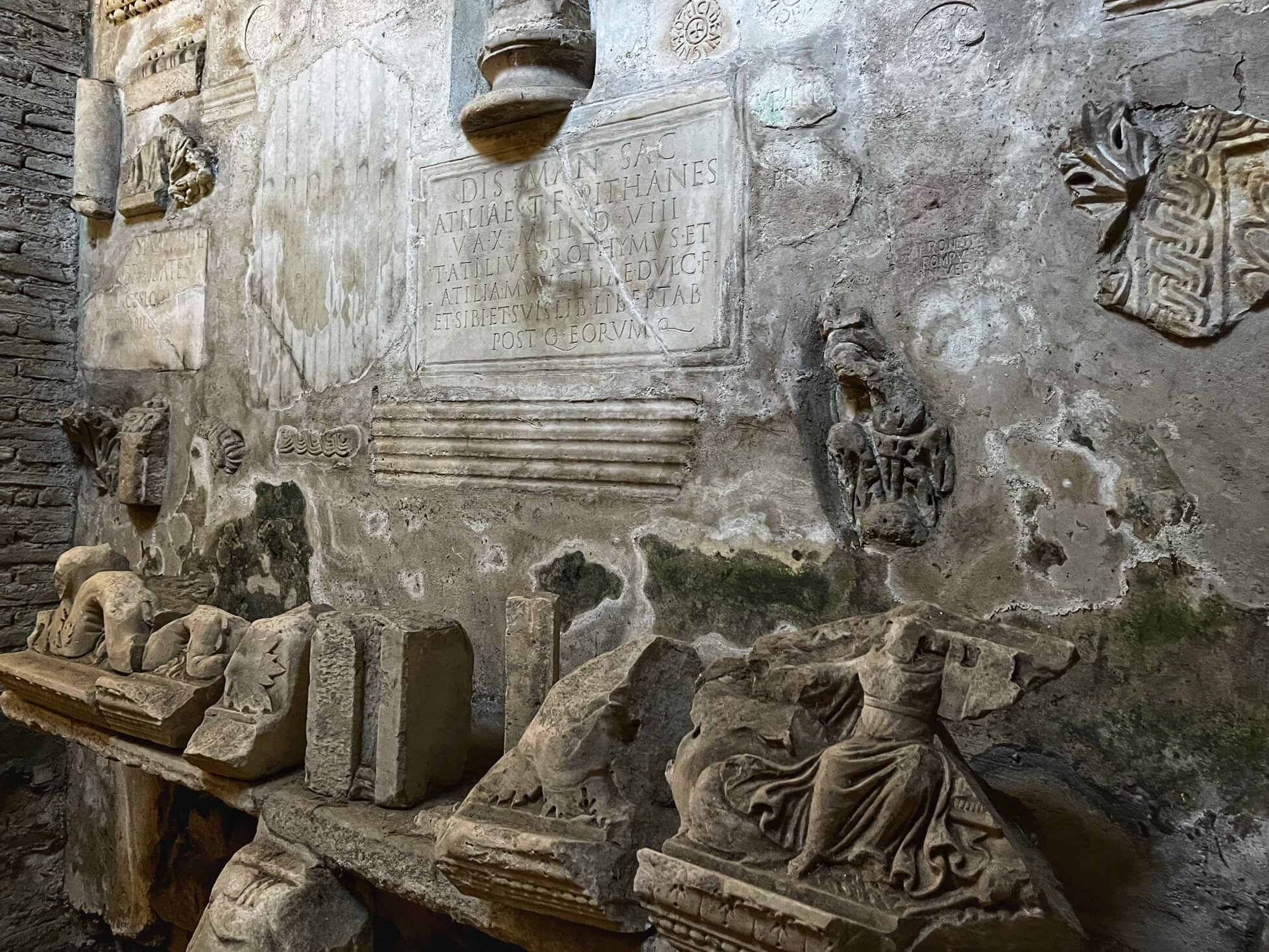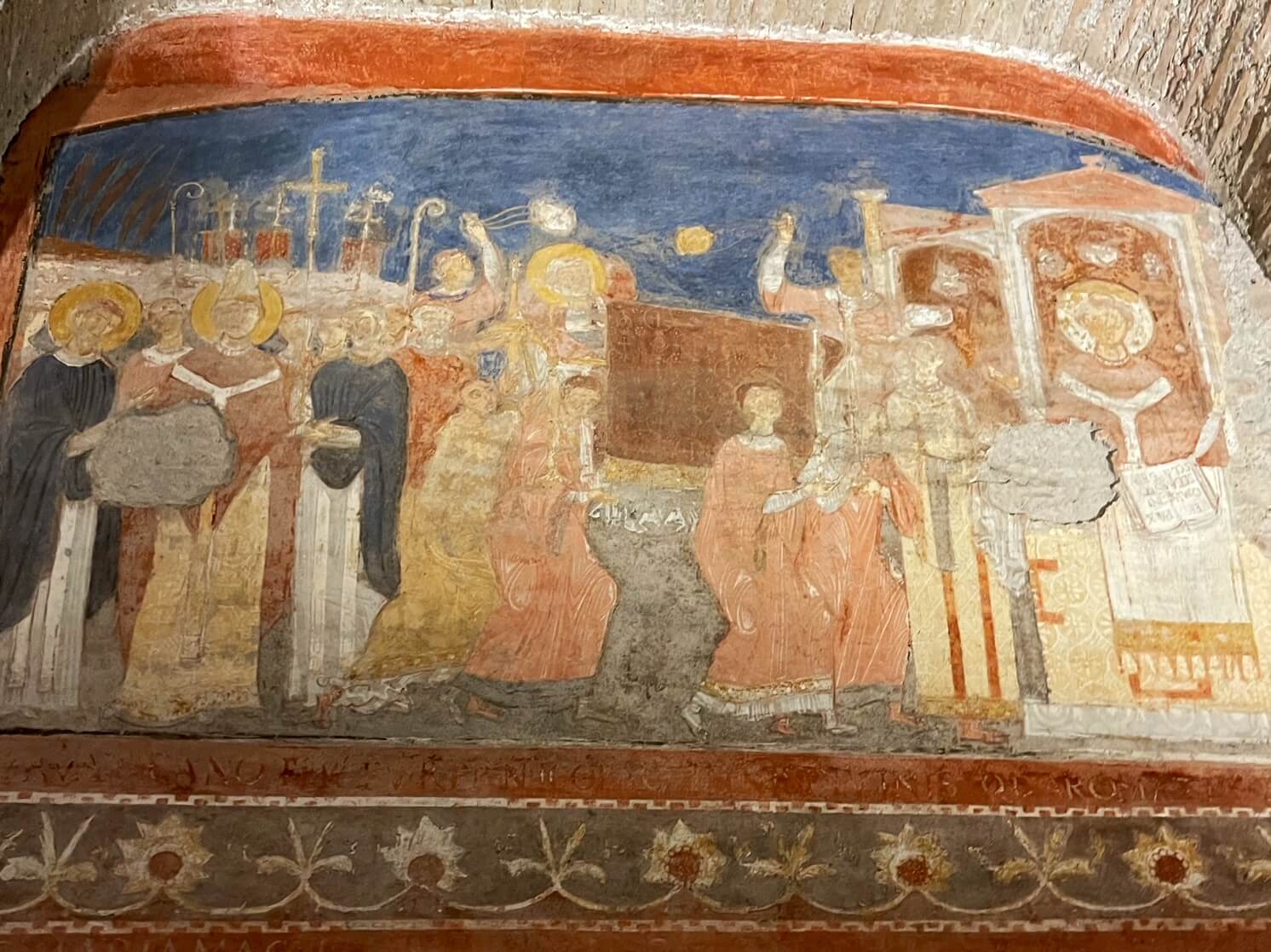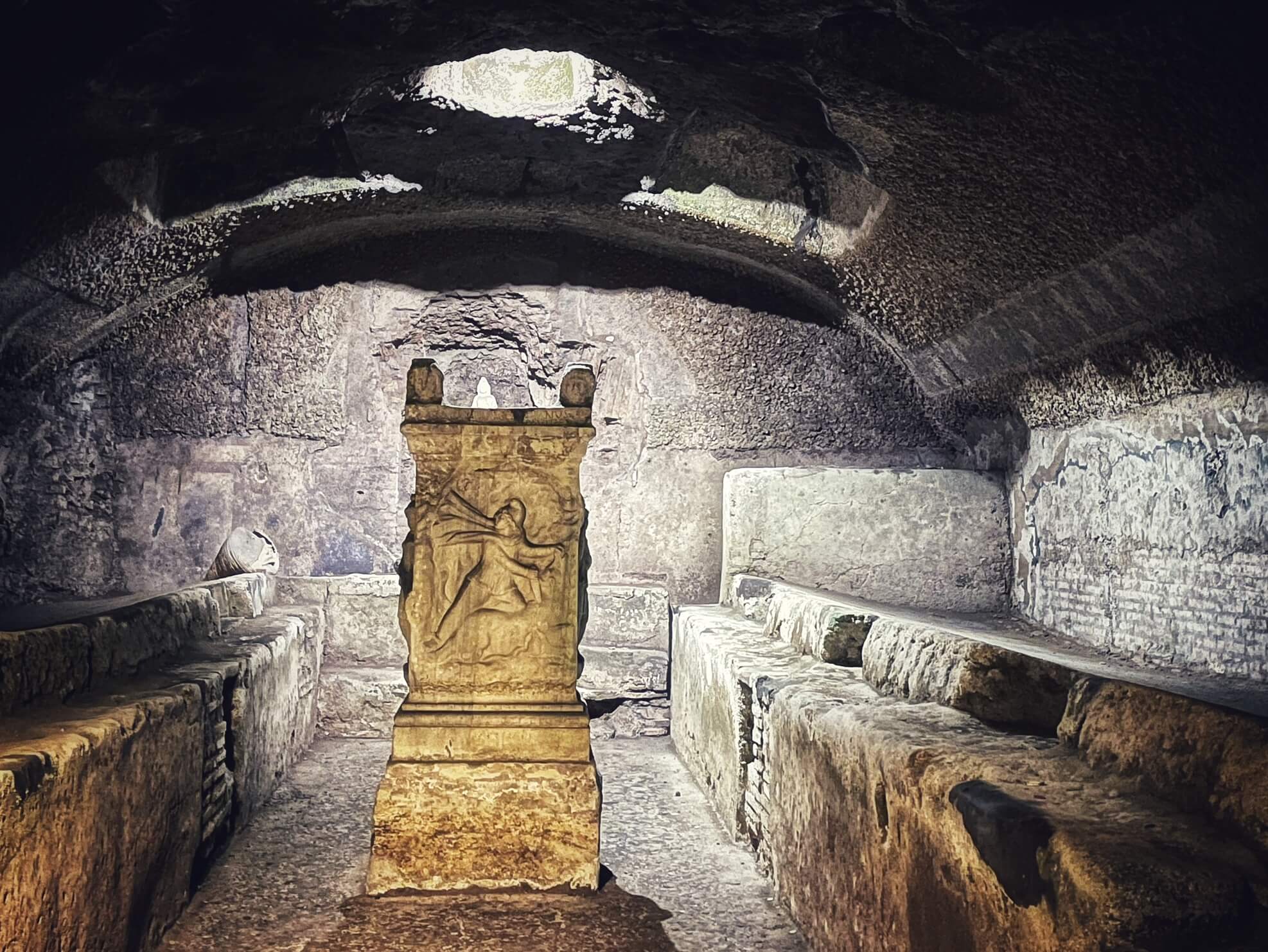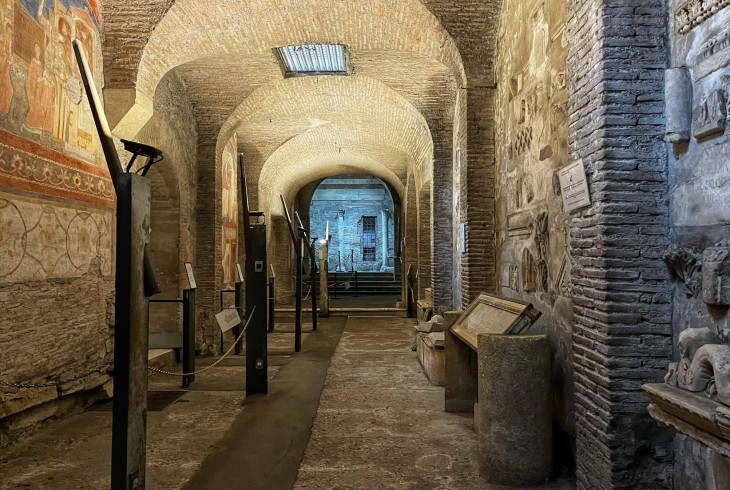If you want to truly understand the history of Rome, then you have to look downwards. This is a city that has grown haphazardly, in fits and starts, for thousands of years, a series of accretions and accumulations encrusting the landscape like so many barnacles on the hull of an ancient ship. Each layer of Rome tells a unique story - of devastating floods and religious upheavals, of ambitious popes and new technologies. This is a city whose geography really is its history.

By choosing to look down, we are following in some of the city's most important footsteps. The Renaissance in Rome was in large part ushered into existence by the commitment of a handful of enlightened individuals to make a more concerted effort to regard the ground beneath their feet, to uncover what the passing centuries had concealed. What they discovered was breathtaking. Every sculpture, every hidden building revealed a past so glorious that it had to be seen to be believed. Their curiosity of spirit has profoundly affected the ways in which Italians have interacted with their past ever since.
More than 500 years later, this is a process which has still only just begun in the Eternal City. Every year new discoveries are made; every time the city authorities wish to lay a new pipe or upgrade the metro system, more relics of the city's past are brought back into the light from their earthen graves. It is no exaggeration to say that there are whole cities lying below modern Rome, each one the strata of a constantly expanding geological puzzle.
This is a theme absolutely central to the city's history, and yet one that is virtually unknown to the millions of visitors who come to Rome every year. We believe that this fascinating story is one that deserves to be discovered, and our Underground Rome tour is an attempt to bring this vast, hidden aspect of the city to life once more. Each of the sites that we visit are microcosms of this great regenerative process that has shaped and continues to shape the city.

It is in the church of San Clemente, hidden away in a quiet area of Rome not far from the Colosseum, where this unexpected journey through the sediments of history is perhaps most clearly and fully played out. The church that is today at the ground level of the city could hardly be considered modern. It was completed at the beginning of the 12th century , and the magnificently preserved mosaics within provide a jaw-dropping reminder of the medieval artist's skill. But this is only the beginning of our descent into the past. Buried beneath this medieval basilica is another, far earlier church, which dates back at least to the 4th century AD
When the time came, for various practical reasons, to provide a new structure for their congregation, those in charge of the work came up with a novel idea. Rather than move to a new site or destroy the beautiful but outdated basilica, they would simply build on top of it, thus preserving its treasures even whilst concealing it from the light of day. Now fully excavated, we can only be thankful for their foresight, an amazing example of conservationism from 900 years ago.

Our journey doesn't end here, however. Descend an even more rickety staircase, and you will be immediately transported further back in time, into the first century AD and the world of earliest Christianity where to practice this new religion was still a criminal offense often harshly punished by Roman law. We find ourselves in a private house, in all likelihood owned by one of the religion's early converts. Here Christians could practice their faith in relative security, hidden away from those passing by along the adjoining alleyway which amazingly also survives intact beneath the church. The extravagance of the subsequent churches, however, must have been a future which those secretly worshiping in this private house could scarcely have conceived of.

But Christians were not the only group using this space for worship. In one of the rooms that we will explore, we will uncover the rituals and practices of another religious community. These were the followers of the cult of Mithras, and this cave-like space embedded deep into the bedrock of the church is incredibly evocative of the group's mysterious nature.
Banks of stone seating line the room, and in the center stands an altar adorned with the cult's most important image, that of Mithras slaughtering a bull. The world of this ancient cult seems to be only very tangentially linked to our own, but it is in these contested spaces that our modern world began to take shape. The usurpation of the Mithraic cult by Christianity, visually mapped in the strata of San Clemente, brings to light a moment of defining importance in the development of Rome.
Historians typically go about their task chronologically, starting from the beginning and working their slow and methodical way towards the present-day. In Rome, however, we must do exactly the opposite. Carefully picking our way back from the modern city into a multitude of pasts each more obscure than the last, join us to gain an unparalleled insight into the complex and unpredictable ways in which Rome has come to exist and has developed over the passage of the centuries .
If you'd like to see the fascinating subterranean areas of San Clemente, then join Through Eternity's award-winning Underground Rome guided tour to visit buried churches, catacombs, crypts and more!




